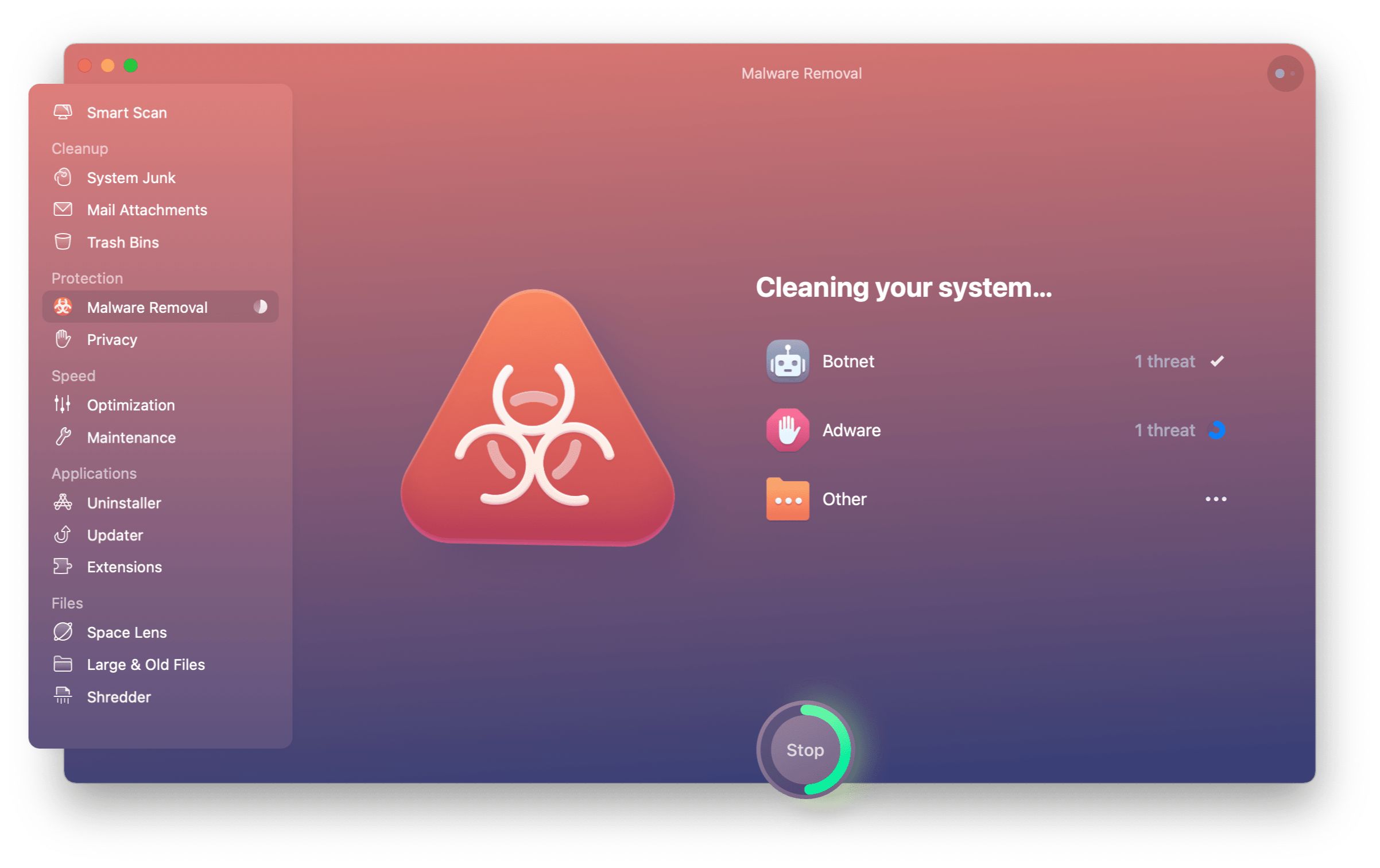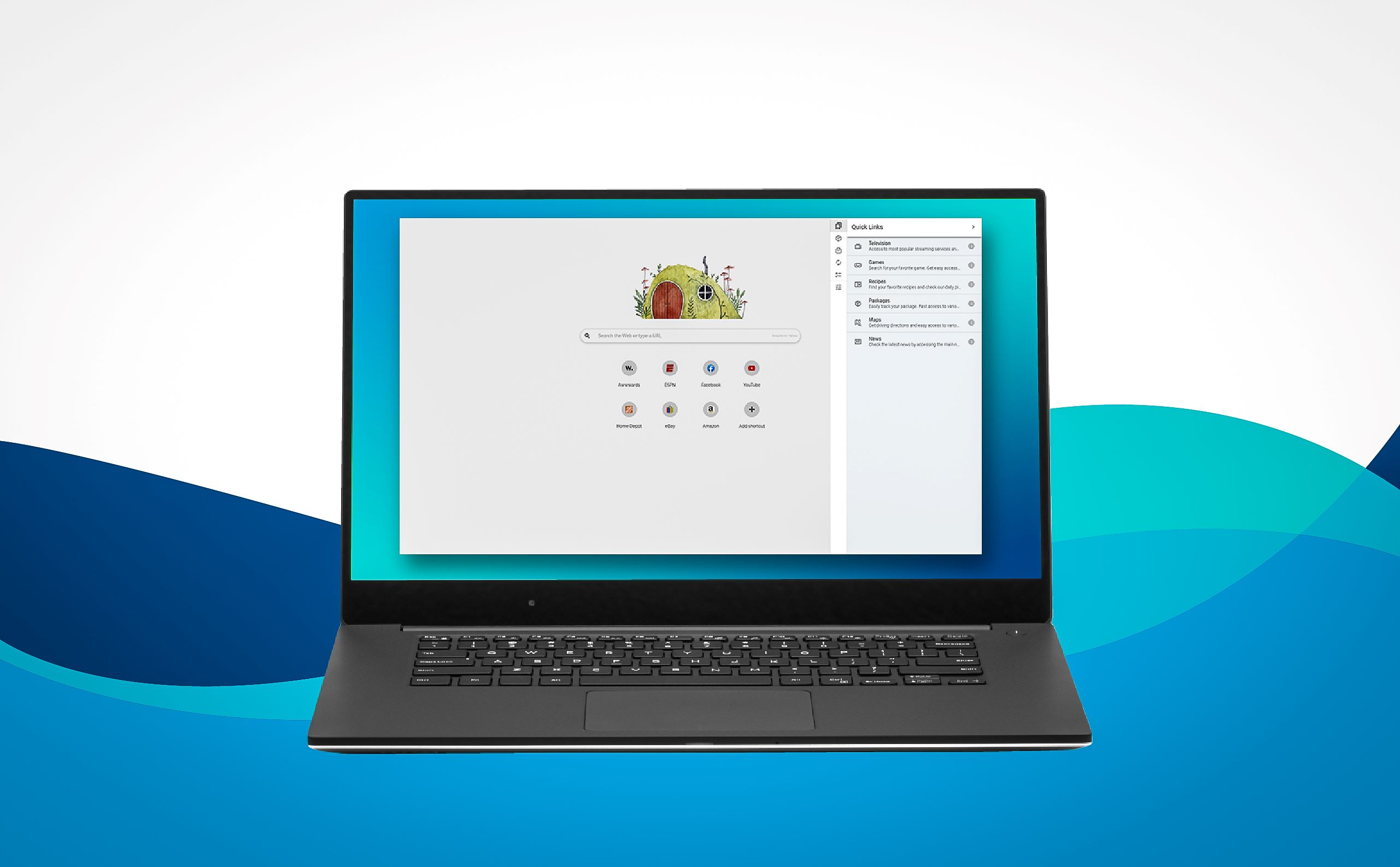Introduction
Browser hijacking is a pervasive and frustrating issue that can disrupt your online experience, compromise your privacy, and expose your device to security risks. It occurs when malicious software or unauthorized browser extensions take control of your web browser, redirecting your searches, changing your homepage, and bombarding you with unwanted pop-up ads. This unauthorized takeover can lead to a myriad of problems, including decreased browsing speed, altered search results, and exposure to potentially harmful websites.
Dealing with browser hijacking can be exasperating, but understanding its nature and learning effective removal and prevention methods can help you regain control of your browsing experience. In this article, we will delve into the intricacies of browser hijacking, explore the common symptoms that indicate your browser may be compromised, and provide comprehensive guidance on removing hijacking instances from your browser. Additionally, we will equip you with valuable prevention tips to safeguard your browser from future hijacking attempts.
By the end of this article, you will have a clear understanding of browser hijacking and the necessary tools to combat and prevent it, ensuring a secure and uninterrupted browsing experience. Let's embark on this journey to reclaim the autonomy of your web browser and fortify it against potential hijacking threats.
Understanding Browser Hijacking
Browser hijacking is a stealthy and intrusive maneuver employed by cybercriminals to seize control of a user's web browser without their consent. This unauthorized takeover can manifest in various forms, such as altering the browser's settings, redirecting search queries to dubious websites, and inundating the user with relentless pop-up advertisements. The primary objective of browser hijacking is often to generate revenue for the perpetrators through ad clicks, promote malicious websites, or gather sensitive user data for nefarious purposes.
One common method used to execute browser hijacking is through the installation of malicious software or browser extensions. These can be inadvertently downloaded from untrustworthy websites, bundled with seemingly legitimate software, or disguised as browser enhancements. Once installed, these malicious entities can manipulate the browser's settings, such as the default homepage, search engine, and new tab page, redirecting the user to predetermined websites or displaying intrusive ads.
Another prevalent form of browser hijacking involves the modification of the browser's search results. By tampering with the search engine settings, hijackers can manipulate the displayed search results, leading users to sponsored or malicious websites instead of the intended destinations. This deceptive tactic not only compromises the user's browsing experience but also exposes them to potential security risks posed by visiting unverified or malicious websites.
Furthermore, browser hijacking can lead to the unauthorized collection of sensitive user data, including browsing habits, login credentials, and personal information. This breach of privacy can have severe implications, ranging from identity theft to financial fraud, underscoring the gravity of browser hijacking as a threat to both online security and personal privacy.
Understanding the multifaceted nature of browser hijacking is crucial in recognizing the signs of a compromised browser and taking proactive measures to mitigate its impact. By familiarizing oneself with the tactics employed by hijackers and the potential risks associated with browser hijacking, users can bolster their defenses and respond effectively to safeguard their browsing experience and personal data.
Common Symptoms of Browser Hijacking
Identifying the symptoms of browser hijacking is pivotal in promptly addressing and mitigating its impact. By recognizing these telltale signs, users can take proactive measures to regain control of their browsers and protect their online security. Here are the common symptoms that may indicate your browser has fallen victim to hijacking:
-
Altered Homepage and Search Engine: One of the most conspicuous signs of browser hijacking is the sudden alteration of your browser's default homepage and search engine. If you find that your homepage has been replaced with an unfamiliar website or your default search engine has been changed without your consent, it is likely that your browser has been hijacked.
-
Unwanted Browser Toolbars and Extensions: Browser hijackers often install unwanted toolbars and extensions without the user's authorization. These additions may appear unfamiliar and can significantly impede the browser's performance, leading to sluggishness and erratic behavior.
-
Frequent Redirects to Suspicious Websites: If you notice that your browser consistently redirects you to dubious websites, especially when initiating searches or attempting to access familiar webpages, it is a strong indication of browser hijacking. These redirects are designed to drive traffic to specific sites, often for the purpose of generating revenue or promoting malicious content.
-
Incessant Pop-Up Advertisements: Browser hijacking commonly involves inundating users with an excessive number of pop-up ads, often for dubious products or services. These intrusive ads can disrupt the browsing experience, hinder navigation, and potentially expose users to further security risks.
-
Sluggish Browsing Performance: A hijacked browser may exhibit diminished performance, including slow loading times, unresponsiveness, and frequent crashes. This decline in browsing efficiency is often attributed to the resource-intensive activities initiated by the hijacking software or extensions.
-
Unexplained Changes in Browser Settings: If you notice unexplained changes in your browser's settings, such as modifications to security preferences, cookie settings, or privacy configurations, it is indicative of unauthorized access and manipulation, signaling a potential hijacking incident.
-
Unrecognized Search Results and Advertisements: Browser hijacking can lead to the display of altered search results and advertisements that deviate from the user's search queries or browsing history. These discrepancies may direct users to unverified or malicious websites, posing significant security and privacy risks.
By remaining vigilant and promptly addressing these symptoms, users can take the necessary steps to remove the hijacking elements from their browsers and fortify their defenses against future intrusions. Additionally, implementing proactive security measures and adhering to best practices for safe browsing can significantly reduce the likelihood of falling victim to browser hijacking.
Methods to Remove Browser Hijacking
Removing browser hijacking entails a systematic approach to identify and eliminate the intrusive elements that have compromised the browser's functionality and security. By employing the following methods, users can effectively eradicate hijacking instances and restore their browsers to a secure and optimal state.
1. Uninstall Suspicious Software and Extensions
Begin the removal process by uninstalling any suspicious software or browser extensions that may have facilitated the hijacking. Access the list of installed programs on your device and remove any unfamiliar or dubious applications. Similarly, within your web browser's settings, navigate to the extensions or add-ons section and uninstall any unrecognized or unwanted extensions that may be contributing to the hijacking.
2. Reset Browser Settings
Resetting the browser to its default settings can help eliminate unauthorized modifications and restore its original configuration. This can typically be accomplished through the browser's settings menu, where users can initiate a reset that clears browsing data, restores default homepage and search engine settings, and disables any unauthorized extensions or toolbars.
3. Run Antivirus and Anti-Malware Scans
Perform a comprehensive scan of your device using reputable antivirus and anti-malware software. These scans can detect and remove any malicious programs or files that may have facilitated the browser hijacking. Ensure that the security software is up to date to effectively identify the latest threats and vulnerabilities.
4. Utilize Browser Cleanup Tools
Many antivirus and cybersecurity software offer specialized browser cleanup tools designed to detect and remove hijacking elements, such as adware, browser hijackers, and potentially unwanted programs (PUPs). These tools can effectively target and eliminate the intrusive components that have compromised the browser's integrity.
5. Restore System to a Previous State
In cases where the hijacking has resulted in significant system-wide impacts, consider restoring your device to a previous state using system restore or recovery options. This can revert the device to a state before the hijacking occurred, effectively removing the malicious alterations and restoring the system's stability.
By diligently implementing these methods, users can effectively remove browser hijacking instances and reclaim control of their browsing experience. Additionally, maintaining a proactive approach to cybersecurity, such as exercising caution when downloading software and browsing the web, can significantly reduce the risk of future hijacking incidents.
Prevention Tips for Browser Hijacking
Preventing browser hijacking is paramount in safeguarding your online security and preserving the integrity of your browsing experience. By implementing proactive measures and adhering to best practices, you can significantly reduce the risk of falling victim to browser hijacking. Here are essential prevention tips to fortify your browser against hijacking attempts:
-
Exercise Caution When Installing Software: Be discerning when installing new software and browser extensions. Only download applications from reputable sources and verify the legitimacy of browser extensions before installation. Avoid downloading software from unverified or suspicious websites, as they may harbor malicious entities that can facilitate browser hijacking.
-
Keep Software Updated: Regularly update your operating system, web browser, and security software to mitigate vulnerabilities that could be exploited by hijackers. Software updates often include security patches that address known vulnerabilities, bolstering your defenses against potential hijacking attempts.
-
Install Antivirus and Anti-Malware Software: Deploy reputable antivirus and anti-malware software to proactively detect and eliminate malicious programs that could lead to browser hijacking. Ensure that the security software is configured to conduct regular scans and real-time monitoring to promptly identify and neutralize potential threats.
-
Exercise Vigilance When Browsing: Remain cautious when navigating the web and interacting with online content. Avoid clicking on suspicious links, pop-up ads, or unsolicited download prompts, as they may lead to the inadvertent installation of hijacking software or malicious entities.
-
Review Browser Permissions: Regularly review the permissions granted to browser extensions and applications. Restrict unnecessary permissions that could potentially be exploited by malicious entities to hijack your browser or compromise your privacy.
-
Enable Browser Security Features: Leverage the built-in security features of your web browser, such as pop-up blockers, phishing protection, and safe browsing settings. These features can mitigate the risk of encountering malicious content and deceptive websites that could lead to browser hijacking.
-
Educate Yourself and Stay Informed: Stay informed about the latest cybersecurity threats and tactics employed by hijackers. Educate yourself on common social engineering techniques used to trick users into installing malicious software, and remain vigilant against deceptive practices that could lead to browser hijacking.
By integrating these prevention tips into your browsing habits and cybersecurity practices, you can fortify your browser against potential hijacking attempts and minimize the risk of falling victim to intrusive and malicious activities. Maintaining a proactive stance towards online security is pivotal in preserving the sanctity of your browsing experience and protecting your personal data from unauthorized access and exploitation.

























